-
 bitcoin
bitcoin $107015.826941 USD
-2.18% -
 ethereum
ethereum $3637.352324 USD
-5.18% -
 tether
tether $0.999831 USD
-0.02% -
 xrp
xrp $2.338078 USD
-6.23% -
 bnb
bnb $998.272150 USD
-6.97% -
 solana
solana $167.598257 USD
-10.12% -
 usd-coin
usd-coin $0.999863 USD
0.01% -
 tron
tron $0.282573 USD
-5.09% -
 dogecoin
dogecoin $0.169891 USD
-7.39% -
 cardano
cardano $0.557554 USD
-7.03% -
 hyperliquid
hyperliquid $39.914802 USD
-5.85% -
 chainlink
chainlink $15.414549 USD
-9.97% -
 bitcoin-cash
bitcoin-cash $510.361911 USD
-4.26% -
 ethena-usde
ethena-usde $0.999194 USD
-0.03% -
 stellar
stellar $0.282092 USD
-6.07%
Best Strategies for Setting Take-Profit on an XRP Leveraged Trade
Use Fibonacci extensions, RSI overbought signals, and volume profiles to set strategic take-profit levels when trading XRP with leverage.
Oct 30, 2025 at 12:01 am
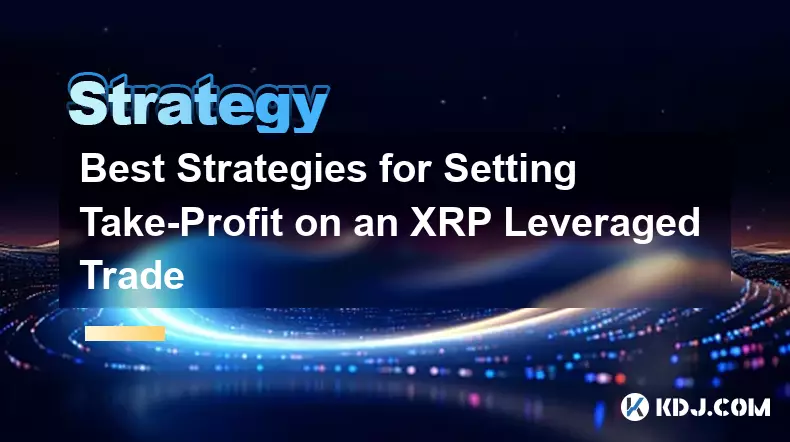
Understanding Risk Management in XRP Leveraged Trading
1. Setting a take-profit level is crucial when trading XRP with leverage, as amplified gains come with amplified risks. Without predefined exit points, traders may fall victim to emotional decision-making, especially during rapid price swings common in the cryptocurrency market.
2. One effective method involves analyzing recent support and resistance zones. By identifying key price levels where XRP has previously reversed or stalled, traders can set realistic profit targets just before these barriers. Historical price action often repeats, making this a reliable reference point.
3. Volatility should also factor into take-profit decisions. XRP is known for sharp movements, particularly after major news events or exchange listings. Traders must account for this by placing take-profit orders at levels that reflect both momentum and potential pullbacks.
4. Position sizing plays an indirect but vital role. A larger leveraged position requires tighter profit targets to avoid overexposure, while smaller positions allow more flexibility to aim for higher returns. Balancing leverage with realistic profit goals prevents catastrophic losses.
5. Monitoring open interest and liquidation levels on futures exchanges can provide insight into where large clusters of stop-loss and take-profit orders are likely placed. Avoiding areas prone to 'liquidation sweeps' helps ensure your profit target isn’t triggered prematurely by market manipulation.
Technical Indicators to Guide Take-Profit Placement
1. The Fibonacci extension tool is widely used in XRP trading to project potential upside targets after a breakout. Common extensions like 1.618 or 2.618 times the initial move help identify where price might stall, offering logical take-profit zones.
2. Moving averages such as the 50-period and 200-period can act as dynamic resistance in downtrends or support in uptrends. Placing a take-profit near these moving averages on higher timeframes increases the probability of capturing gains before a reversal.
3. The Relative Strength Index (RSI) can signal overbought conditions, particularly when it exceeds 70 on the 4-hour or daily chart. When RSI reaches extreme levels alongside bullish momentum, it’s a strong indicator that a pullback may follow—making it an ideal moment to secure profits.4. Bollinger Bands help visualize volatility-based price extremes. When XRP price touches or breaches the upper band during a leveraged long trade, it often indicates short-term overextension. This provides a data-backed level to consider for taking partial or full profits.
5. Volume profile analysis reveals price levels with high transaction activity. Areas of high volume often act as magnets or barriers. Setting take-profit orders just below significant volume nodes on the upside ensures you exit before strong selling pressure emerges.
Using Multi-Target Approaches for Optimal Gains
1. Instead of setting a single take-profit, many professional traders use a tiered exit strategy. For example, closing 50% of the position at a conservative target, 30% at a mid-range objective, and the final 20% at an aggressive extension level allows for profit capture across different market phases.
2. Partial profit-taking reduces psychological stress. Knowing that a portion of the trade has already secured gains makes it easier to hold the remainder without panic during minor retracements.
3. Scaling out of positions aligns with order book dynamics. Large buy walls or sell walls visible on depth charts indicate where natural supply and demand imbalances occur. Aligning take-profit tiers with these structural levels improves execution quality and minimizes slippage.4. Time-based exits can complement price-based targets. If XRP fails to reach the intended take-profit within a predetermined timeframe, closing the trade prevents capital from being tied up in stagnant positions, especially under low-volatility conditions.
5. Combining take-profit levels with trailing stops on the remaining position allows traders to lock in gains while still participating in extended trends. This hybrid model works well in strong bull runs where XRP exhibits sustained upward momentum.
Frequently Asked Questions
What is a safe leverage ratio for XRP trading?A leverage ratio between 3x and 5x is generally considered safer for retail traders, balancing potential returns with manageable risk. Higher leverage increases liquidation risk due to XRP’s inherent volatility.
How do I adjust take-profit levels during high-impact news?During major announcements like regulatory updates or exchange integrations, volatility spikes. It's advisable to widen take-profit ranges slightly or use dynamic trailing stops to accommodate sudden price expansions.
Can I modify my take-profit after entering a leveraged position?Yes, most trading platforms allow adjustment of take-profit orders post-entry. However, frequent changes based on emotion can undermine strategy discipline. Adjustments should be grounded in updated technical analysis, not impulse.
Should I always set a take-profit, or is letting winners run ever justified?While some traders let winners run using trailing stops, leveraged XRP trades carry liquidation risks. Having a structured take-profit plan is essential to prevent gains from evaporating during sudden reversals.
Disclaimer:info@kdj.com
The information provided is not trading advice. kdj.com does not assume any responsibility for any investments made based on the information provided in this article. Cryptocurrencies are highly volatile and it is highly recommended that you invest with caution after thorough research!
If you believe that the content used on this website infringes your copyright, please contact us immediately (info@kdj.com) and we will delete it promptly.
- Bittensor's Wild Ride: TAO Token's Volatile Moves Explained
- 2025-11-05 05:20:02
- Decoding Crypto's Wild Ride: Insights on Bitcoin, XRP, and the Future of Digital Assets
- 2025-11-05 05:30:01
- ASTER Crash, Binance & Market Chaos: Decoding Crypto's Wild Ride
- 2025-11-05 05:30:02
- BNB Price Plunge: Crypto Sell-Off Deepens, What's Next?
- 2025-11-05 05:50:13
- Unlocking Crypto's Future: NIP Group's Bitcoin Bet, Altcoin Liquidity Boost, and the Rise of Little Pepe
- 2025-11-05 05:50:13
- Backend-for-Frontend, Token Theft, and Security: Navigating the Treacherous Waters of Modern Web Apps
- 2025-11-05 05:10:01
Related knowledge
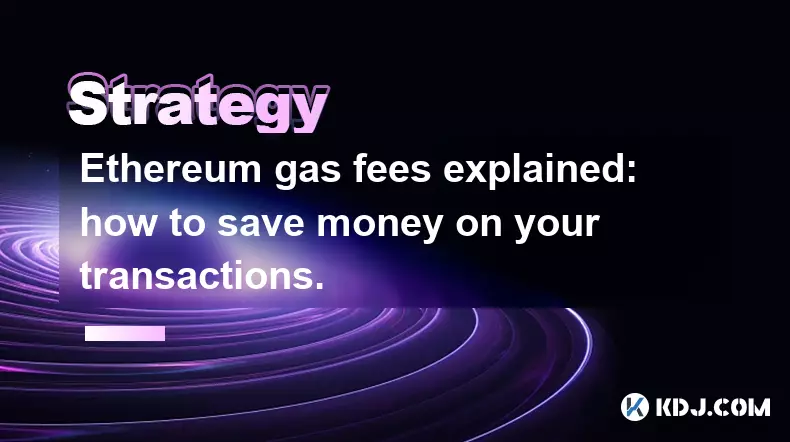
Ethereum gas fees explained: how to save money on your transactions.
Nov 04,2025 at 04:01pm
Ethereum Gas Fees: Understanding the Basics1. Ethereum operates on a decentralized network where every transaction requires computational power to exe...
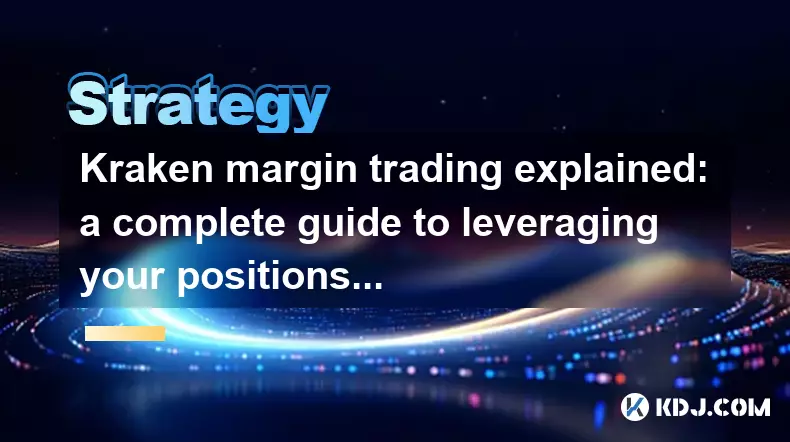
Kraken margin trading explained: a complete guide to leveraging your positions.
Nov 04,2025 at 02:19pm
Kraken Margin Trading Overview1. Kraken is one of the most established cryptocurrency exchanges offering margin trading to experienced traders seeking...

NFT flipping for beginners: a step-by-step guide to profitable trading.
Nov 02,2025 at 11:54pm
NFT Flipping Basics: Understanding the Market1. NFT flipping involves purchasing non-fungible tokens at a lower price and reselling them for profit, o...
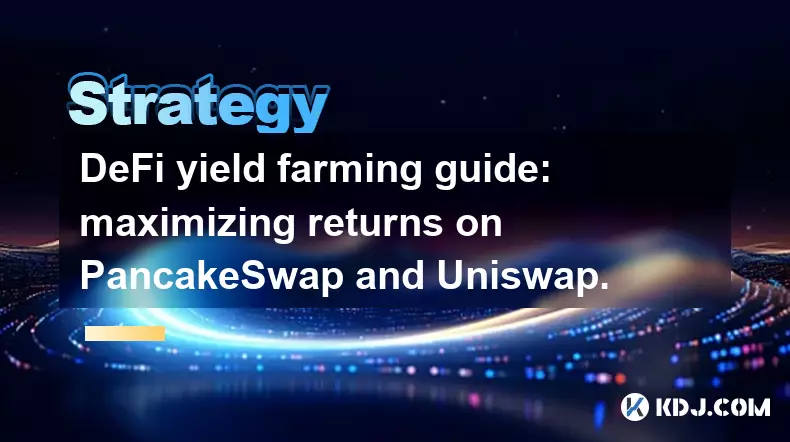
DeFi yield farming guide: maximizing returns on PancakeSwap and Uniswap.
Nov 05,2025 at 12:20am
Understanding Yield Farming on PancakeSwap and Uniswap1. Yield farming has become a central activity in the decentralized finance (DeFi) space, allowi...

How to find the next 100x altcoin: a fundamental analysis checklist.
Nov 02,2025 at 09:54pm
Decentralized Exchanges Are Reshaping Trading Dynamics1. Decentralized exchanges (DEXs) have emerged as a powerful alternative to centralized platform...
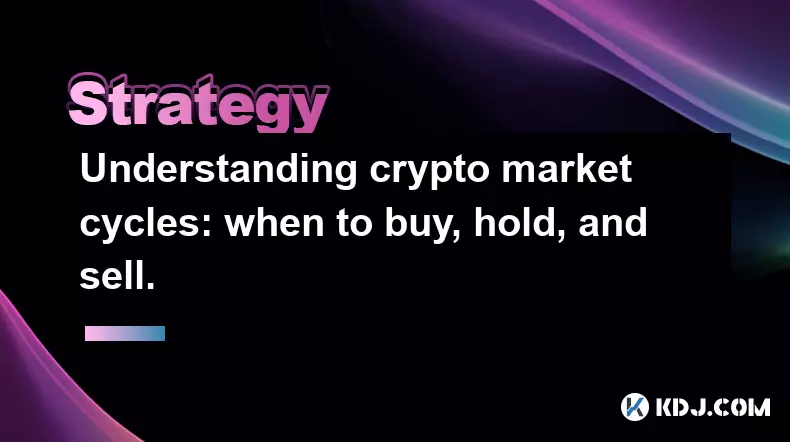
Understanding crypto market cycles: when to buy, hold, and sell.
Nov 02,2025 at 11:19am
Decoding the Rhythm of Crypto Market Cycles1. The cryptocurrency market operates in recurring phases marked by predictable psychological and financial...

Ethereum gas fees explained: how to save money on your transactions.
Nov 04,2025 at 04:01pm
Ethereum Gas Fees: Understanding the Basics1. Ethereum operates on a decentralized network where every transaction requires computational power to exe...

Kraken margin trading explained: a complete guide to leveraging your positions.
Nov 04,2025 at 02:19pm
Kraken Margin Trading Overview1. Kraken is one of the most established cryptocurrency exchanges offering margin trading to experienced traders seeking...

NFT flipping for beginners: a step-by-step guide to profitable trading.
Nov 02,2025 at 11:54pm
NFT Flipping Basics: Understanding the Market1. NFT flipping involves purchasing non-fungible tokens at a lower price and reselling them for profit, o...

DeFi yield farming guide: maximizing returns on PancakeSwap and Uniswap.
Nov 05,2025 at 12:20am
Understanding Yield Farming on PancakeSwap and Uniswap1. Yield farming has become a central activity in the decentralized finance (DeFi) space, allowi...

How to find the next 100x altcoin: a fundamental analysis checklist.
Nov 02,2025 at 09:54pm
Decentralized Exchanges Are Reshaping Trading Dynamics1. Decentralized exchanges (DEXs) have emerged as a powerful alternative to centralized platform...

Understanding crypto market cycles: when to buy, hold, and sell.
Nov 02,2025 at 11:19am
Decoding the Rhythm of Crypto Market Cycles1. The cryptocurrency market operates in recurring phases marked by predictable psychological and financial...
See all articles










































































